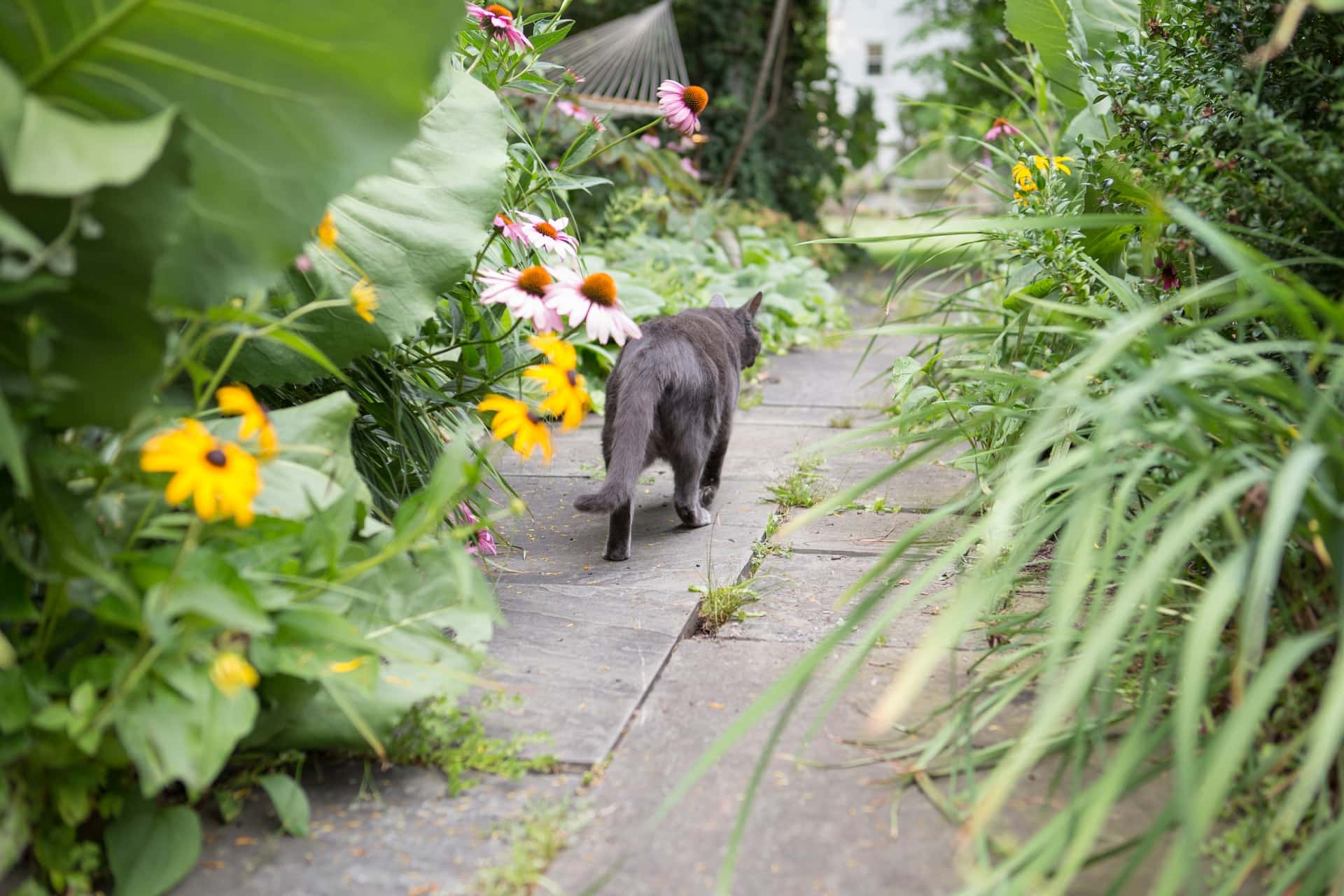

Articles
How To Keep Cats Out Of Garden
Modified: January 6, 2024
Learn effective techniques and tips for keeping cats out of your gardening space. Keep your garden protected and flourishing with these expert gardening strategies.
(Many of the links in this article redirect to a specific reviewed product. Your purchase of these products through affiliate links helps to generate commission for Storables.com, at no extra cost. Learn more)
Introduction
Gardens are a haven for many creatures, including cats. While these furry felines can bring joy and companionship, they can also be a nuisance when it comes to our precious plants and flower beds. It can be frustrating to spend countless hours carefully tending to your garden, only to find it trampled or used as a litter box by curious or territorial cats.
But fear not! There are effective ways to keep cats out of your garden without causing harm to them. By understanding why cats are drawn to gardens and implementing natural deterrents, physical barriers, scent-based repellents, sound-based deterrents, motion-activated sprinklers, and responsible gardening practices, you can create a cat-free zone and protect the beauty and integrity of your garden.
In this article, we will explore various methods and strategies to keep cats out of the garden. Whether you’re a seasoned gardener or just starting out, these tips will help you maintain a cat-free and flourishing garden.
Key Takeaways:
- Create a cat-free garden by using natural deterrents like citrus peels and lavender, and implementing physical barriers such as fences and netting to protect your plants and maintain a humane approach.
- Adopt responsible gardening practices, like removing temptations and providing alternative spaces for cats, to discourage their presence and ensure a harmonious and vibrant garden.
Read more: How To Keep Raccoon Out Of Garden
Understanding why cats are drawn to gardens
Cats have a natural curiosity and love exploring their surroundings, which often includes gardens. There are several reasons why cats are drawn to gardens:
- Smell and Stimulus: Gardens are filled with enticing smells and stimuli that attract cats. The scent of fresh soil, plants, and flowers can be intriguing for cats, and they are often drawn to investigate.
- Prey: Gardens are a haven for small creatures like birds, mice, and insects, which are potential prey for cats. The abundance of food sources in gardens can make them appealing hunting grounds for feline prowlers.
- Comfort and Shelter: Gardens often offer comfortable hiding spots, cozy nooks, and shady areas that cats find appealing for relaxation and napping. They may also seek shelter from extreme weather conditions.
- Marking Territory: Cats have a strong instinct to mark their territory. They may use your garden as a scent landmark, particularly if they live nearby or consider it a part of their outdoor territory.
Understanding these motivations can help us develop effective strategies to deter cats from our gardens. Rather than resorting to harmful methods, we can employ tactics that deter cats while ensuring their safety and well-being.
Natural deterrents for keeping cats out of the garden
If you’re looking for humane and eco-friendly ways to keep cats out of your garden, natural deterrents can be highly effective. Here are some natural solutions to discourage cats from entering your garden:
- Citrus peels: Cats dislike the smell of citrus fruits like oranges, lemons, and grapefruits. Scatter citrus peels around your garden beds or place them strategically near cat entry points. This natural scent barrier may deter cats from venturing further into your garden.
- Garlic and onions: The strong odor of garlic and onions is another scent cats find unpleasant. Chop some garlic cloves or onion slices and scatter them around your garden. Be cautious not to place them near plants sensitive to these ingredients.
- Lavender: Cats are not fans of strong floral smells, and lavender is no exception. Plant lavender bushes or place lavender sachets around your garden to repel cats with its fragrant aroma.
- Rosemary and rue: These herbs have a scent that cats find offensive. Plant them in your garden or create small bouquets to hang near entrances to deter wandering felines.
- Prickly plants: Cats prefer soft and comfortable surfaces, so planting prickly or thorny plants like rose bushes, holly, or cacti can discourage them from accessing your garden. Just make sure these plants are safe and won’t harm other animals or humans.
Remember, each cat is unique, and what works for one may not work for another. You may need to experiment with different natural deterrents to find the ones that are most effective in keeping cats away from your garden. Additionally, it’s important to regularly replenish or replace these natural deterrents as their scent diminishes over time.
By employing natural deterrents, you can create an inhospitable environment that cats are less likely to find attractive, ultimately preserving the beauty and integrity of your garden.
Creating physical barriers to prevent cats from entering the garden
When it comes to keeping cats out of your garden, physical barriers are often the most effective solution. By creating obstacles that prevent cats from entering your garden, you can protect your plants and maintain a cat-free zone. Here are some ideas for creating physical barriers:
- Fencing: Installing a fence around your garden can be an excellent way to keep cats out. Choose a fence that is at least 6 feet tall and made of materials that cats cannot easily climb or jump over, such as smooth wood or vinyl. Ensure the fence is securely anchored to the ground to prevent cats from squeezing underneath.
- Netting or wire mesh: If a fence is not feasible, you can use netting or wire mesh to create a barrier. Secure the netting or wire mesh around the perimeter of your garden, making sure it is tall enough to deter cats from jumping over. Be sure to leave openings or gates for easy access for yourself and other desired visitors.
- Garden cloches or cages: For smaller areas or individual plants that need protection, consider using garden cloches or cages. These structures are designed to cover and shield plants from animals, including cats. They provide a physical barrier while still allowing sunlight and water to reach the plants.
- Plant deterrents: Another way to create physical barriers is by placing objects or materials that cats find uncomfortable around your garden. For example, laying chicken wire or prickle strips on the ground near your garden beds can deter cats from walking or digging in those areas.
- Ultrasonic repellers: Ultrasonic devices emit high-frequency sounds that are unpleasant to cats but can’t be heard by humans. These devices can be placed around the perimeter of your garden, and when a cat approaches, it detects the motion and emits the sound, deterring the cat from entering the area.
Remember that while physical barriers are effective, they should be designed with the safety and well-being of both cats and other wildlife in mind. Ensure that any materials or structures used are safe and won’t cause harm to animals or the environment.
By implementing physical barriers, you can create a clear boundary that prevents cats from accessing your garden, giving your plants the protection they need to thrive.
Using scent-based repellents to keep cats away from the garden
Scent-based repellents can be an effective and natural way to deter cats from entering your garden. Cats have a strong sense of smell, and certain scents can be highly unpleasant to them. By incorporating scent-based repellents in your garden, you can create a hostile environment that keeps cats at bay. Here are some scent-based repellents to consider:
- Commercial cat repellents: There are various commercially available cat repellents that utilize strong scents to deter cats. These repellents typically contain essential oils such as citrus, peppermint, or lavender. Follow the manufacturer’s instructions for application, typically by spraying or scattering the repellent around the garden area.
- Vinegar or apple cider vinegar: Cats dislike the strong smell of vinegar. Create a mixture of equal parts water and vinegar, and spray it around your garden. You can also soak cotton balls in vinegar and place them strategically in areas prone to cat activity.
- Herbs and plants: Certain plants and herbs have scents that cats find repellent. Planting these in and around your garden can help deter cats. Examples include rue, coleus canina (also known as “scaredy cat” plant), pennyroyal, and lemon balm. Crush the leaves of these plants to release their scent and place them around your garden.
- Spices: Cats are not fond of strong spices like cayenne pepper, chili powder, or black pepper. Sprinkle these spices around your garden, focusing on areas where cats tend to frequent. Be mindful of plants that may be sensitive to these spices and avoid directly applying the spices on them.
- Urine deterrents: While it may sound strange, using urine as a deterrent can be effective as cats associate the smell of other animals with potential threats. If you have access to dog urine, sprinkle it around your garden to deter cats. Alternatively, you can try synthetic urine products specifically designed for this purpose.
It’s important to note that scent-based repellents may need to be reapplied regularly, especially after rain or irrigation. Cats can become accustomed to certain smells over time, so it may be necessary to switch up the scents periodically for maximum effectiveness.
By utilizing scent-based repellents, you can create an environment that cats find unappealing and discourage them from entering your garden, allowing your plants to flourish undisturbed.
To keep cats out of your garden, try using natural deterrents like citrus peels, coffee grounds, or lavender oil. You can also create physical barriers like chicken wire or prickly plants to discourage them from entering.
Read more: How To Keep Chickens Out Of Garden
Implementing sound-based deterrents for cat control in the garden
If you’re looking for a non-harmful and effective way to keep cats out of your garden, sound-based deterrents can be a great solution. Cats have highly sensitive hearing, and unexpected loud noises or unfamiliar sounds can startle them and discourage them from entering your garden. Here are some sound-based deterrents to consider:
- Wind chimes: Hang wind chimes in strategic locations around your garden. The gentle tinkling sounds can be soothing to humans but can startle and deter cats due to the unfamiliar noise they create.
- Ultrasonic devices: Ultrasonic devices emit high-frequency sounds that are undetectable to humans but can be highly disruptive and uncomfortable for cats. These devices can be strategically placed around the perimeter of your garden and activated when motion is detected. The sudden and unexpected sound will deter cats from entering the area.
- Motion-activated deterrents: Motion-activated deterrents are devices that emit a loud noise or spray of water when they detect movement. These can be effective in scaring off cats and other animals. Place them near areas where cats tend to enter your garden, such as pathways or borders.
- White noise machines: Setting up a white noise machine near your garden can help mask any sounds that may attract cats, such as bird chirping or rustling leaves. The constant background noise can make your garden less appealing to curious felines.
- Nature sounds: Playing nature sounds that cats find threatening or associate with danger, such as predatory animal calls or hissing sounds, can help repel them from your garden. There are various audio recordings available that mimic these sounds and can be played through speakers or outdoor sound systems.
When using sound-based deterrents, it’s important to consider the comfort and well-being of other wildlife and neighboring pets. Ensure that the volume levels are set at an appropriate level so as not to disturb or cause harm to other animals in the area.
By implementing sound-based deterrents, you can create an auditory environment in your garden that cats find unappealing and unwelcoming, effectively keeping them at a distance.
Installing motion-activated sprinklers as a cat deterrent
If you’re dealing with persistent feline intruders in your garden, installing motion-activated sprinklers can be an effective and humane cat deterrent. Cats typically dislike water, and the sudden spray from a motion-activated sprinkler can startle them and discourage them from entering your garden. Here’s how to install and use motion-activated sprinklers:
- Select the appropriate sprinkler: Look for a motion-activated sprinkler specifically designed for deterring animals. These sprinklers are equipped with motion sensors and can detect the presence of cats or any other critters that may wander into your garden.
- Set up the sprinkler: Choose strategic locations in your garden where cats frequently enter or spend time. Make sure the sprinkler has a clear line of sight in the designated area. Typically, motion-activated sprinklers come with a spike or base for easy installation in the ground.
- Adjust the settings: Most motion-activated sprinklers allow you to customize the sensitivity and range of the motion sensor. Adjust these settings according to the size of your garden and the specific areas you want to protect.
- Connect to a water source: Connect the motion-activated sprinkler to a water source, such as a garden hose. Ensure that the water pressure is appropriate for effective spray coverage.
- Test and monitor: Before relying on the sprinkler as your primary deterrent, test it to ensure the spray pattern covers the desired area and is triggered by movement. Regularly monitor the sprinkler’s performance to ensure it remains effective and functional.
Motion-activated sprinklers not only deter cats from entering your garden but can also help conserve water by only activating when necessary. These sprinklers can be an environmentally friendly and harmless solution to protect your plants and maintain a cat-free zone.
Just keep in mind that some cats may become accustomed to the sprinklers over time. Therefore, it’s a good idea to periodically rearrange the sprinkler locations or adjust the sensitivity settings to keep the element of surprise intact.
By installing motion-activated sprinklers, you can effectively discourage cats from entering your garden and ensure that your plants remain unharmed and undisturbed.
Adopting responsible gardening practices to discourage cats
In addition to utilizing deterrents, it’s essential to adopt responsible gardening practices that discourage cats from entering your garden in the first place. By making your garden less appealing to cats, you can reduce the likelihood of unwanted feline visitors. Here are some responsible gardening practices to consider:
- Remove temptation: Minimize attractions that might lure cats into your garden. Avoid leaving out food bowls, bird feeders, or garbage cans where cats can scavenge for food.
- Keep your garden tidy: Cats are more likely to seek out gardens with tall grass, dense shrubs, or piles of leaves, as these offer hiding spots. Keep your garden well-maintained by regularly trimming grass, pruning shrubs, and raking up fallen leaves.
- Provide an alternative space: Create a designated area in your yard where cats are free to roam or rest undisturbed, away from sensitive garden beds and plants. This can be a designated patch of soft soil or a comfortable spot with some cat-friendly plants.
- Create a physical deterrent: Cats are less likely to venture into your garden if they are discouraged or prevented from doing so. Use physical deterrents such as gravel or mulch around garden beds, as cats dislike the texture and find it uncomfortable to walk on.
- Utilize raised beds: Consider utilizing raised garden beds, as cats are less inclined to jump or climb into elevated areas. This can help protect your plants and create a barrier that is less appealing to cats.
- Maintain a regular presence: Cats are more hesitant to enter gardens that are frequently visited. Spend time in your garden on a regular basis, as your presence and activity can deter cats from entering due to the perceived threat.
Remember, it’s crucial to strike a balance between deterring cats and providing a safe and inviting environment for other wildlife in your garden. Avoid using any methods or substances that are harmful to cats or other animals.
By adopting responsible gardening practices, you can create a cat-discouraging landscape that is less enticing for wandering felines, ensuring the harmony and vibrancy of your garden.
Conclusion
Keeping cats out of your garden can be a challenging task, but with the right strategies and approaches, you can create a cat-free haven for your plants and enjoy a flourishing garden. By understanding why cats are drawn to gardens and implementing natural deterrents, physical barriers, scent-based repellents, sound-based deterrents, motion-activated sprinklers, and responsible gardening practices, you can successfully keep cats at bay while maintaining a humane and eco-friendly approach.
Utilizing natural deterrents such as citrus peels, garlic, lavender, and prickly plants can create an environment that cats find unappealing. Additionally, physical barriers like fences, netting, and plant deterrents can effectively prevent cats from accessing your garden. Scent-based repellents and sound-based deterrents, such as vinegar, spices, ultrasonic devices, and motion-activated sprinklers, offer effective and humane means of deterring cats.
It’s important to remember to always prioritize the well-being of cats and other wildlife when implementing these deterrents. Avoid using harmful methods and substances that can cause them harm. By adopting responsible gardening practices such as removing temptations, maintaining a tidy garden, and providing alternative spaces for cats, you can further discourage their presence in your garden.
Ultimately, it’s about finding the right combination of methods that work best for your garden and the cats in your area. Regular maintenance, monitoring, and adjustment of deterrents may be needed to ensure their continued effectiveness. By applying a holistic approach, you can create a cat-free garden while nurturing a thriving and sustainable environment for your plants.
So, roll up your sleeves, implement these strategies, and enjoy a beautiful and cat-free garden where your plants can flourish undisturbed!
Frequently Asked Questions about How To Keep Cats Out Of Garden
Was this page helpful?
At Storables.com, we guarantee accurate and reliable information. Our content, validated by Expert Board Contributors, is crafted following stringent Editorial Policies. We're committed to providing you with well-researched, expert-backed insights for all your informational needs.
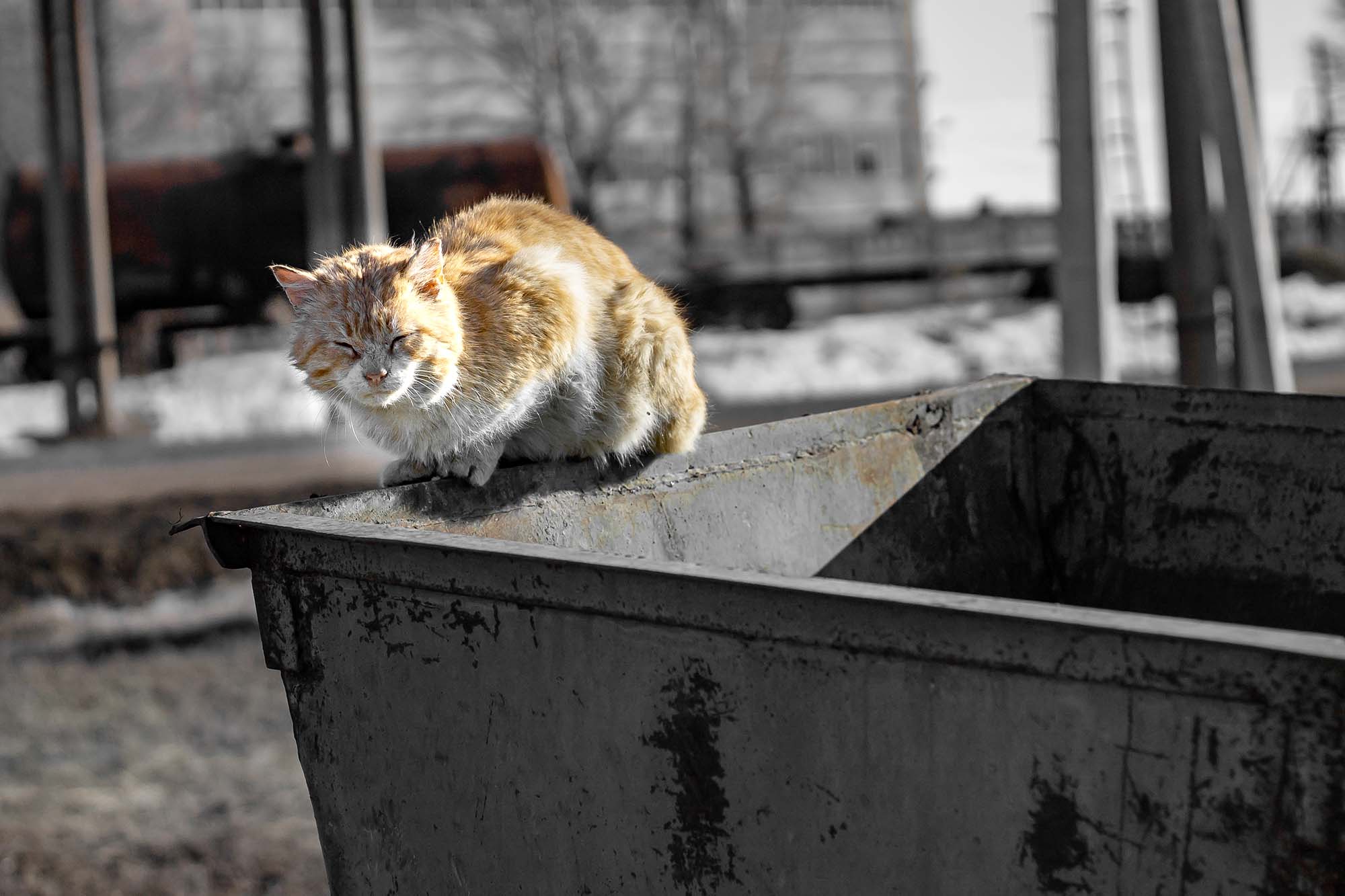

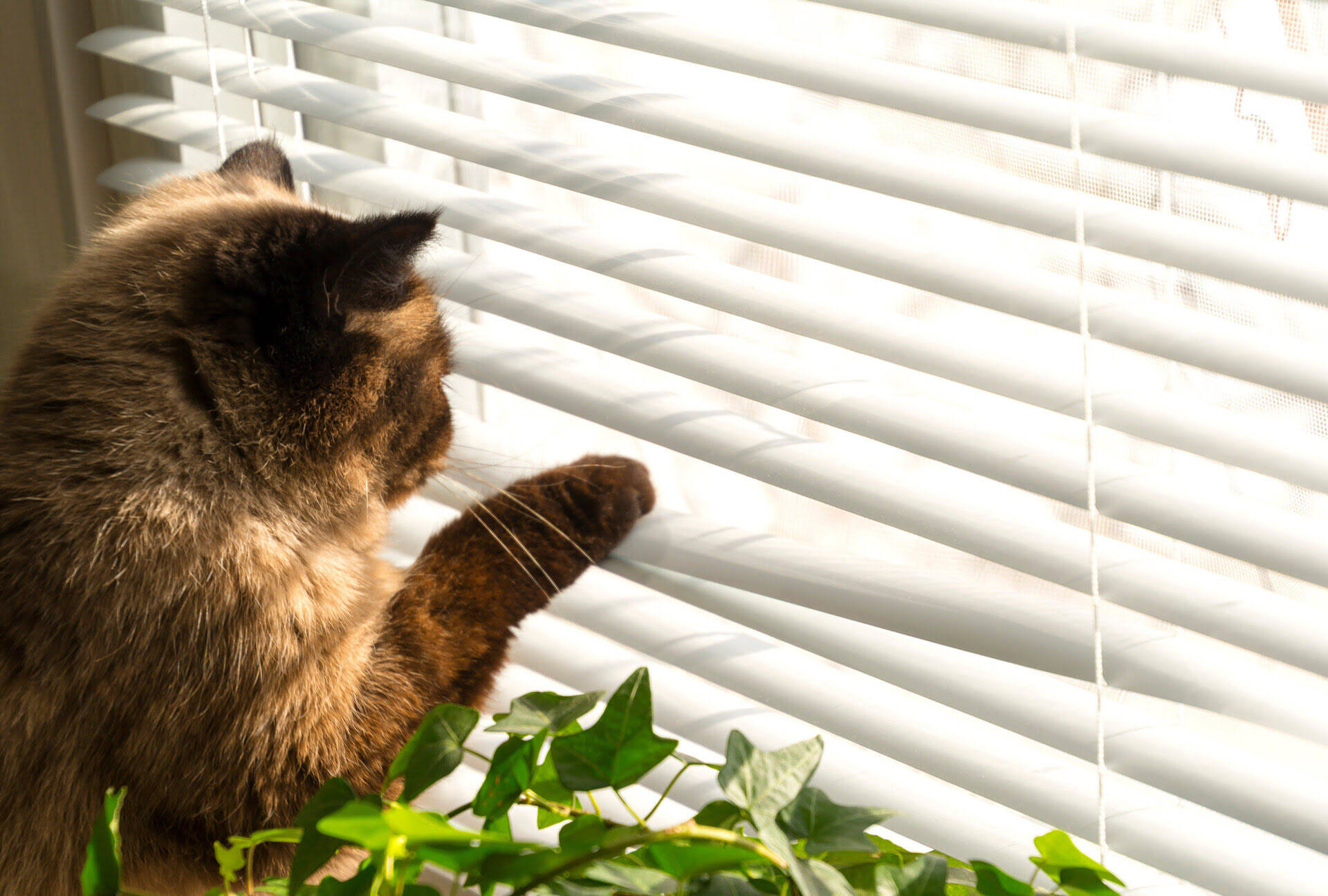
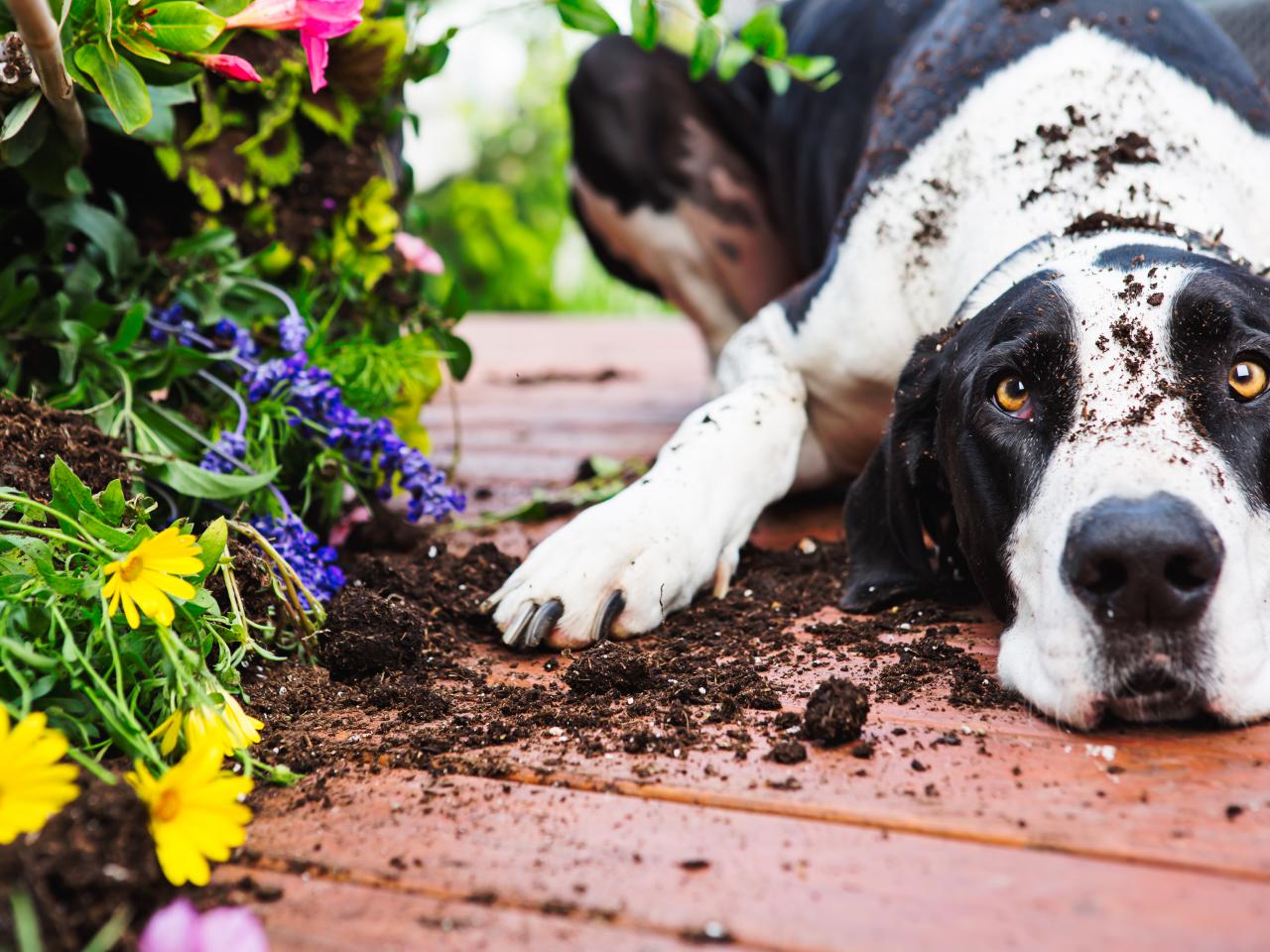
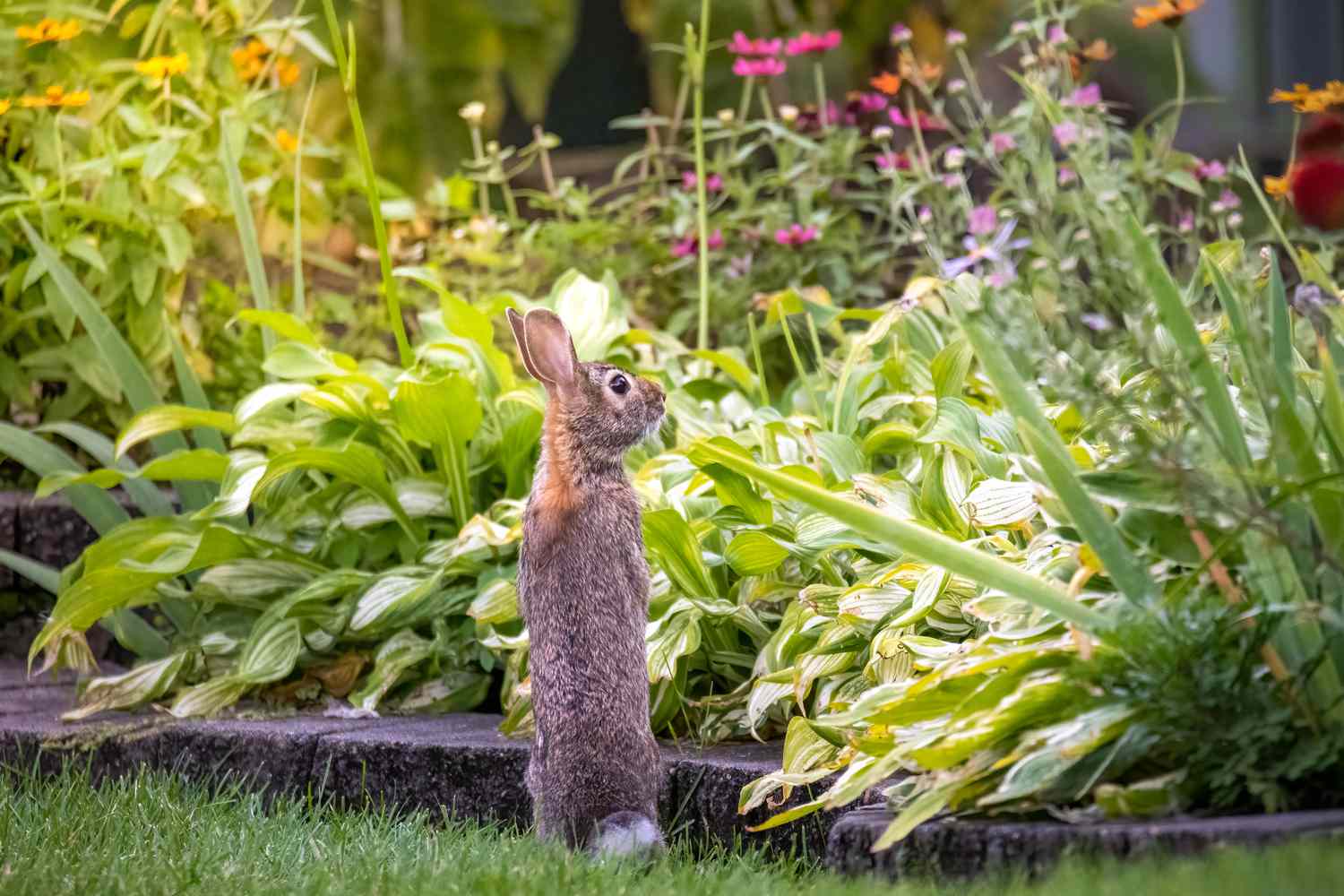


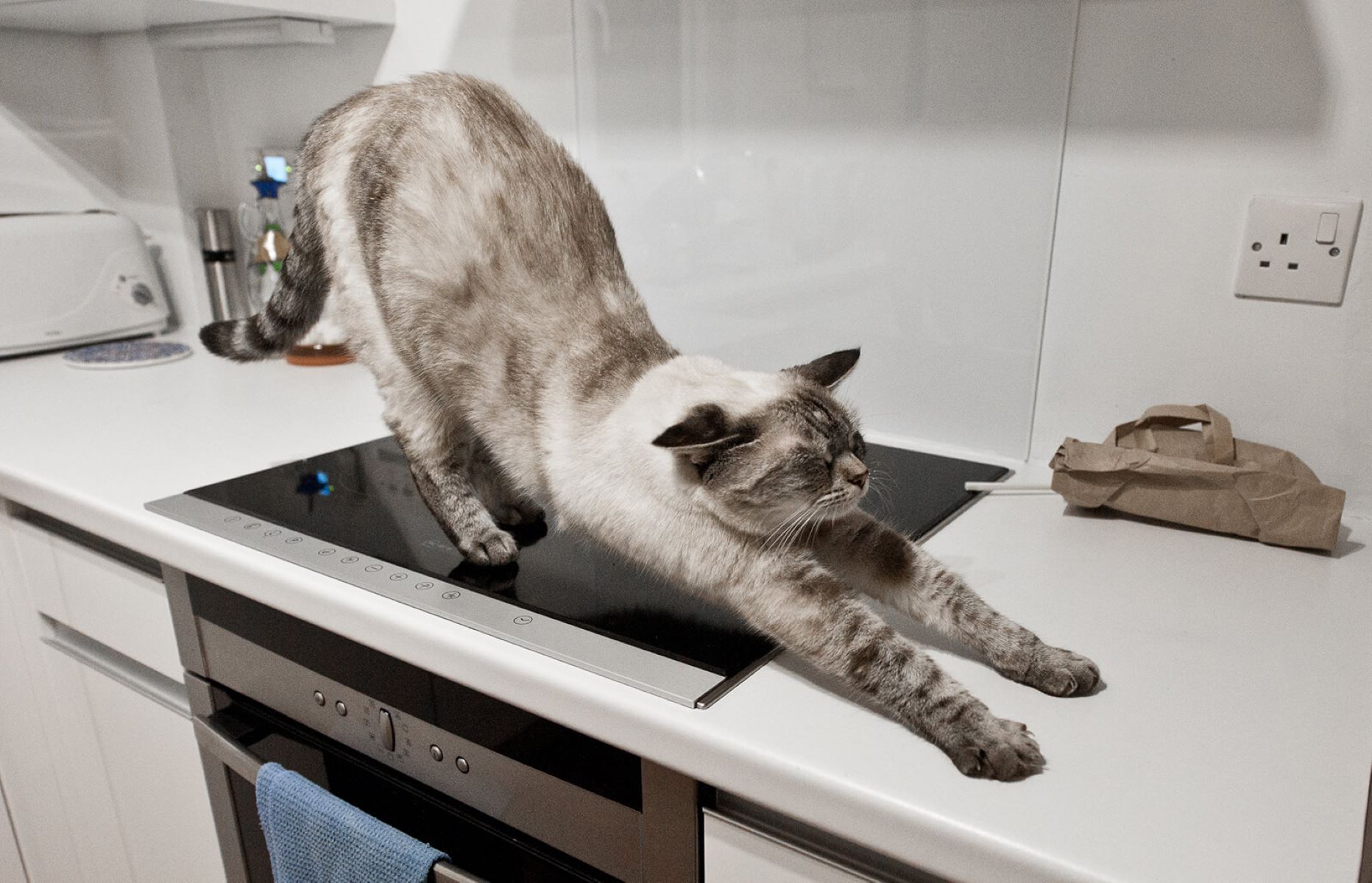

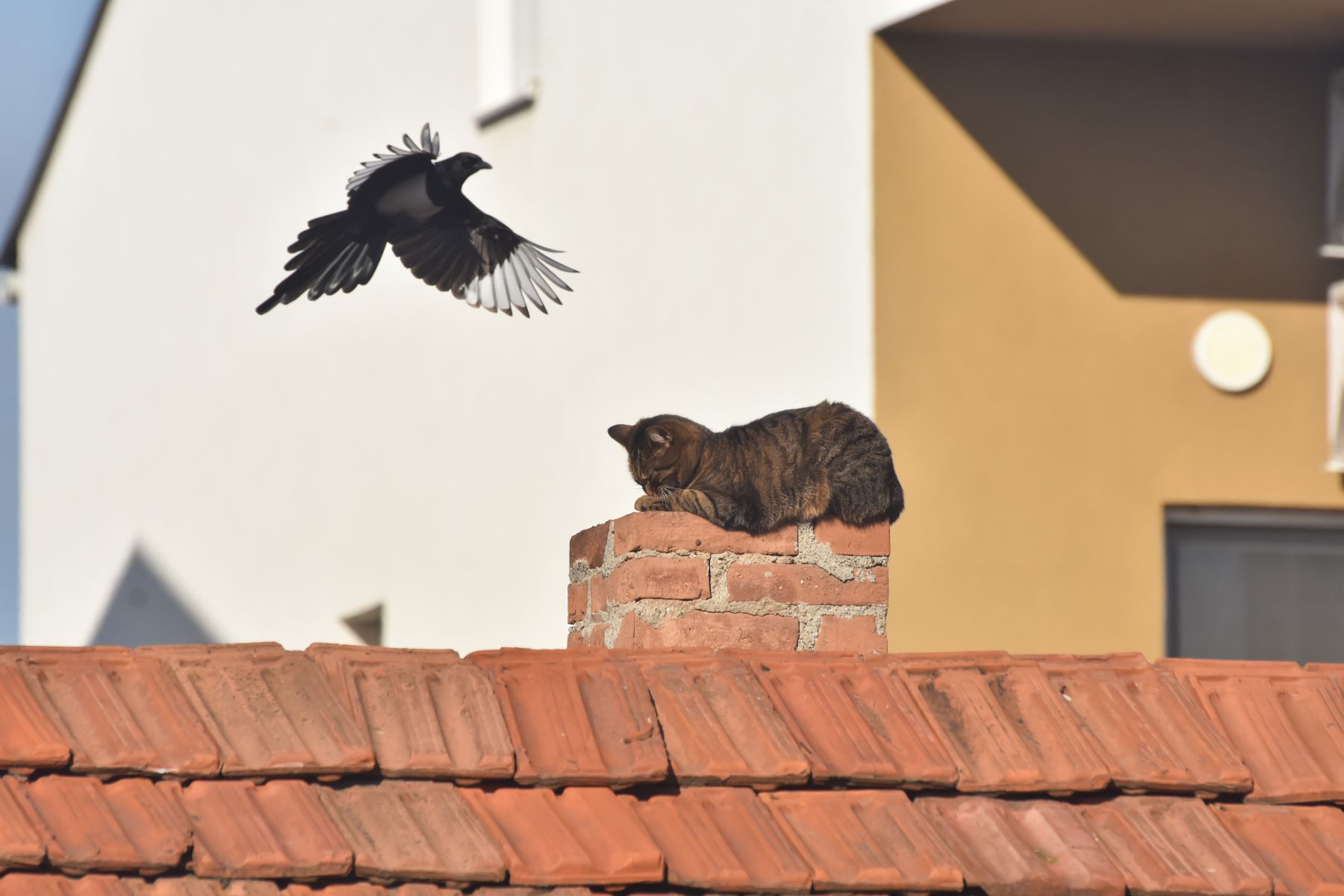

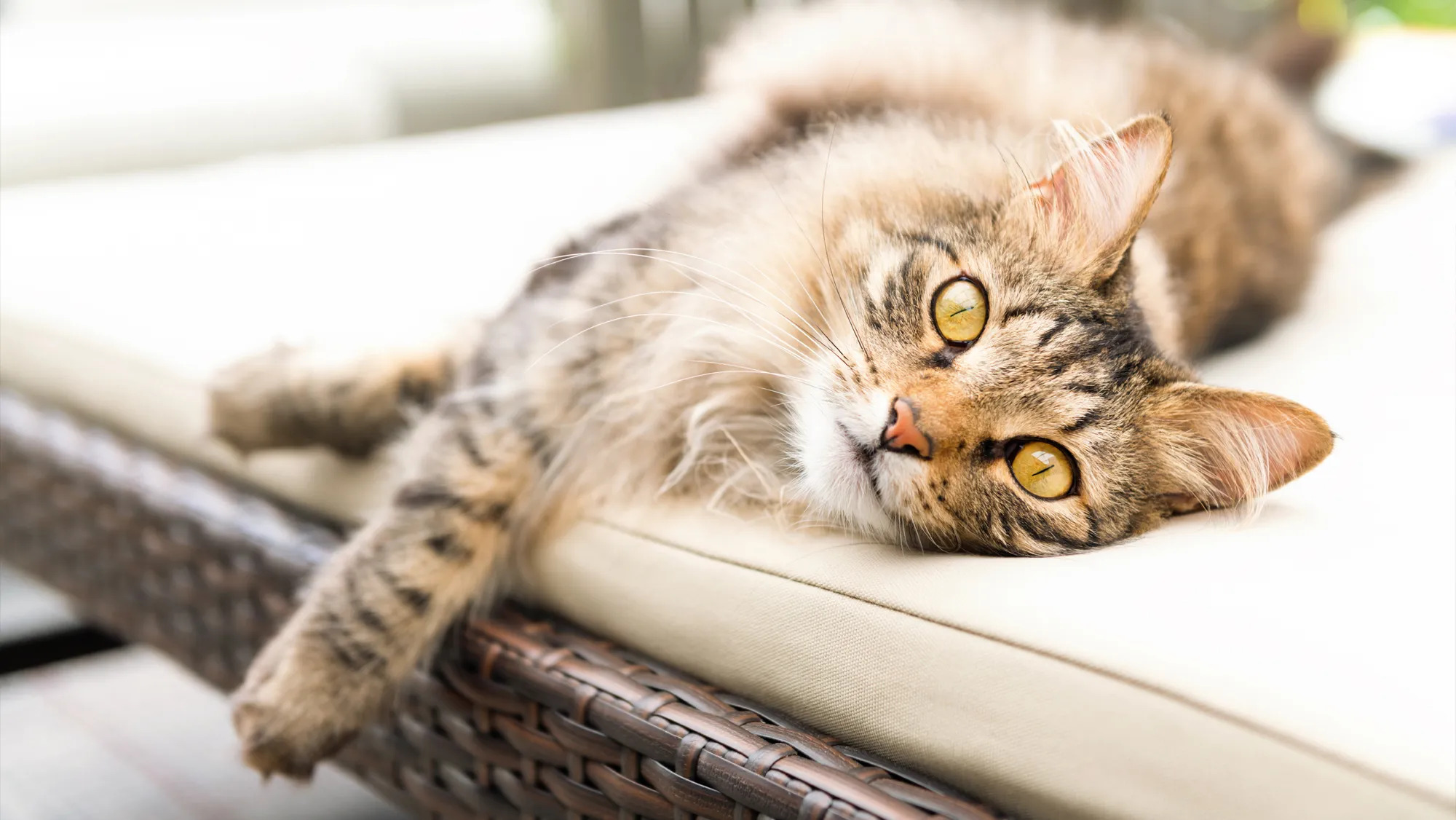
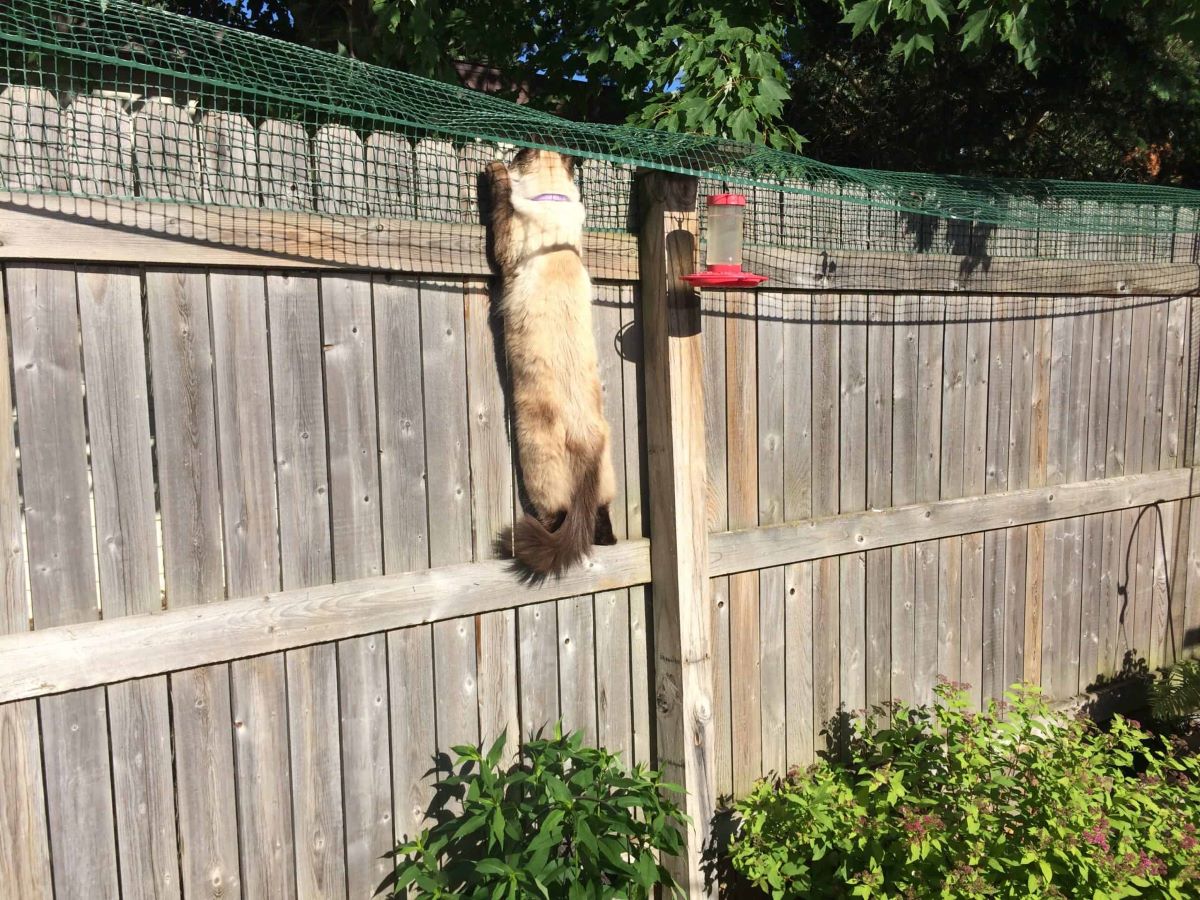


0 thoughts on “How To Keep Cats Out Of Garden”